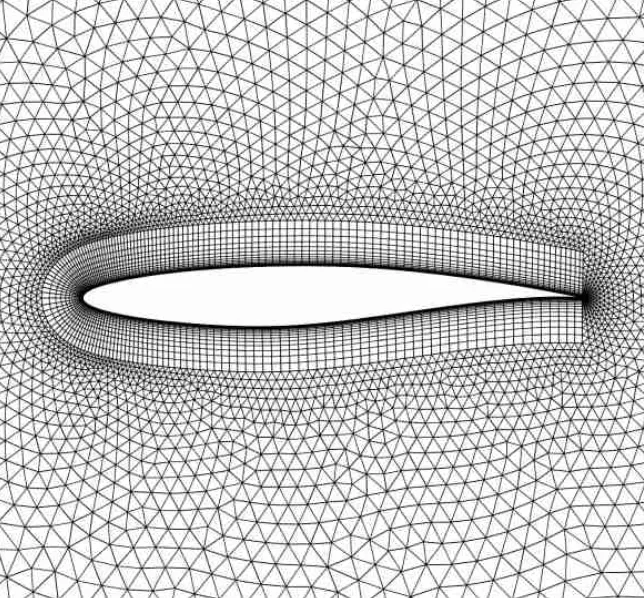When it comes to engineering simulations, few steps are as critical as meshing. Whether you’re working with Computational Fluid Dynamics (CFD) or Finite Element Analysis (FEA), the quality of your mesh can determine whether your simulation succeeds or fails. Let’s dive into what meshing is, why it matters, and how you can improve your workflow.
What Exactly Is Meshing?
Meshing—often called mesh generation—is the process of breaking down a geometric model into smaller, discrete elements that can be analyzed mathematically.
- In 2D models, these elements are usually triangles or quadrilaterals.
- In 3D models, tetrahedrons and hexahedrons are most common.
Each element connects to its neighbors at shared points called nodes, forming a network. Structured meshes are built from quads or hexes, while unstructured ones are often made of triangles or tets.
In essence, meshing transforms a smooth shape into a collection of pieces. Each piece represents a part of the solution to the governing equations. When combined, they give you a complete picture of the model’s behavior.
Why Meshing Is So Important
Meshing is more than just a preparatory step—it’s the backbone of accurate simulation. A high-quality mesh enables engineers to predict how a structure or system will perform in real-world conditions.
- In FEA, meshing is used for structural analysis, such as stress, strain, or deformation.
- In CFD, it’s applied to fluid behavior, like turbulence, drag, and lift.
Take the example of an airplane wing: CFD meshes can calculate airflow forces, while FEA meshes evaluate structural integrity under those loads. Without a good mesh, both analyses fall apart.
The Advantages of High-Quality Mesh
Getting meshing right pays off in several ways:
- More accurate simulation outcomes
- Reliable results across different scenarios
- Faster convergence of equations
- Reduced computational time and cost
The Risks of Poor Mesh Quality
On the flip side, a poorly generated mesh can wreak havoc:
- Unstable simulations
- Longer solve times
- Incorrect or unreliable results
- Wasted resources and delays
Before you even start meshing, make sure your model is simplified, free of defects, well-bounded, and watertight. These basics set the stage for success.
Five Ways to Improve Your Mesh Without Overloading Resources
1. Focus Mesh Density Where It Counts
Refining the entire model may seem like a good idea, but it quickly becomes inefficient. Instead, increase mesh density only in high-stress or high-interest areas. This keeps accuracy high while keeping computational costs reasonable.
2. Use Automation to Eliminate Human Error
Manual meshing is time-consuming and prone to mistakes. Modern software tools can automate much of the process, ensuring consistency and freeing engineers to concentrate on design and innovation rather than repetitive tasks.
3. Pay Attention to the Boundary Layer
In CFD, accuracy often hinges on properly capturing boundary layer behavior. Refining these layers ensures that turbulence and laminar flows are represented correctly. Be mindful of file conversions, as they can distort boundaries unless handled with reliable translation tools.
4. Run a Mesh Convergence Study
Not sure if your mesh is fine enough? A convergence study determines the point at which additional refinement stops improving accuracy. Reaching this stage, known as mesh independence, guarantees results that are both reliable and efficient.
5. Minimize Downstream Issues
Optimizing models early reduces translation errors later in the workflow. Advanced file conversion solutions can help preserve geometry, minimize defects, and streamline the overall process. By preparing models correctly at the start, you save time and effort at every later stage.
High-quality meshing isn’t just about numbers on a grid—it’s the foundation of meaningful, reliable simulations. By refining your approach and using the right tools, you’ll achieve results that are both precise and efficient, paving the way for better designs and faster engineering workflows.







